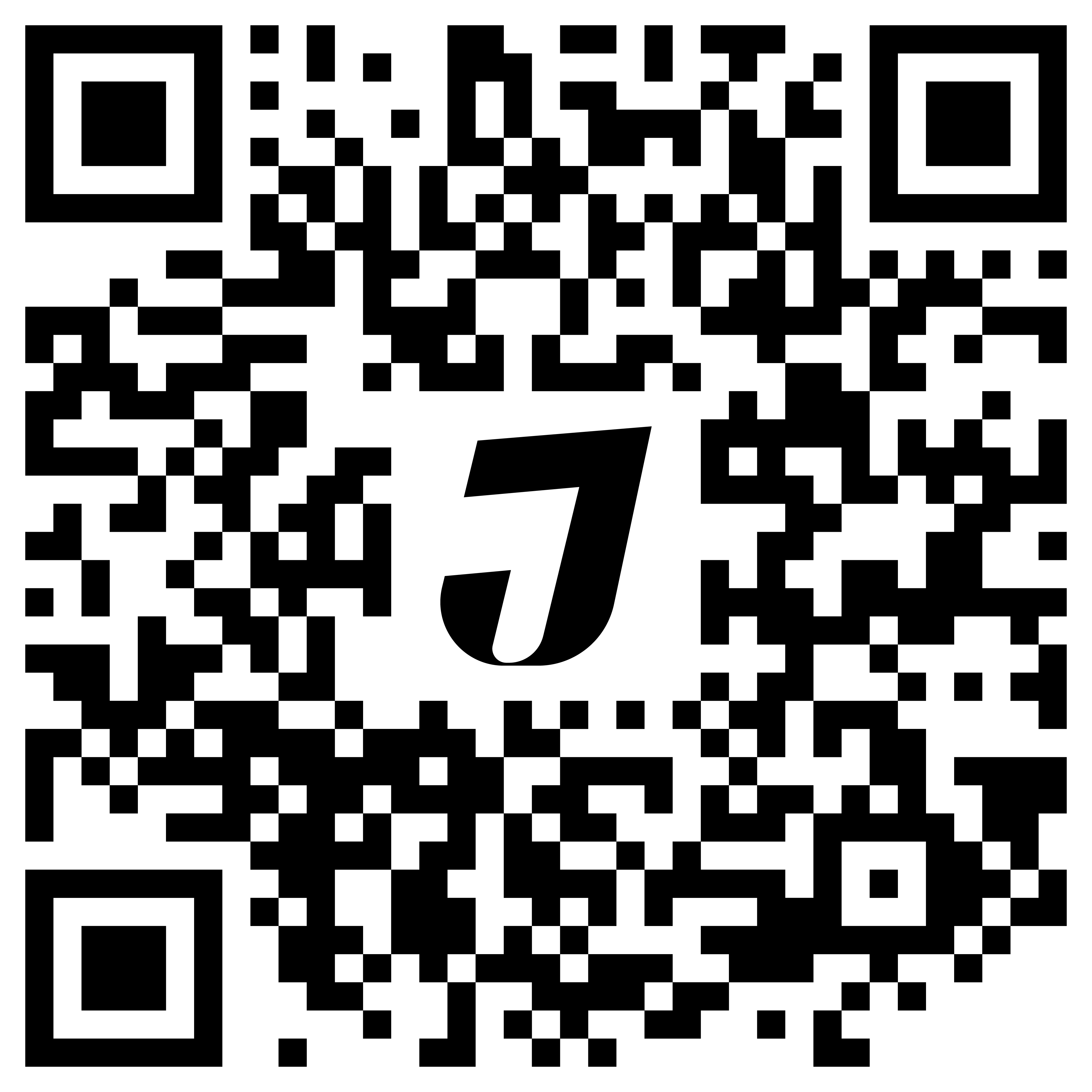Introduction
Direct Benefit Transfer (DBT) is a government initiative in India aimed at transferring subsidies and financial assistance directly into the bank accounts of beneficiaries. This system enhances transparency, reduces leakages, and ensures that financial aid reaches the intended individuals without intermediaries. The DBT system covers various social welfare schemes, scholarships, pensions, and other financial assistance programs.
DBT Mission
The DBT Mission was launched to streamline the subsidy distribution system by leveraging digital platforms, Aadhaar-linked accounts, and electronic payment methods. The primary goal of DBT is to minimize corruption, eliminate middlemen, and ensure efficient fund disbursement to beneficiaries.
You may also want to know the PF Contribution Breakup
Direct Benefit Transfer Categories
DBT encompasses multiple categories of financial aid provided by the government. These include:
- Subsidies: Direct transfer of financial support for LPG, fertilizers, food grains, and other essential commodities.
- Scholarships: Financial assistance for students from economically weaker sections.
- Pensions: Monthly pensions for senior citizens, widows, and disabled individuals.
- Employment Assistance: Wage payments under MGNREGA (Mahatma Gandhi National Rural Employment Guarantee Act).
- Health Benefits: Transfers under schemes like Ayushman Bharat and Janani Suraksha Yojana.
- Farmer Welfare Schemes: Payments under PM-KISAN (Pradhan Mantri Kisan Samman Nidhi) for small and marginal farmers.
Functions of the DBT Scheme
The DBT scheme functions through an integrated digital ecosystem, ensuring efficient and transparent transactions. The key functions include:
- Identification of Beneficiaries: Using Aadhaar and other identification mechanisms to verify and authenticate recipients.
- Bank Account Integration: Ensuring that every beneficiary has a functional bank account linked to their Aadhaar number.
- Electronic Fund Transfer: Using digital platforms like NPCI (National Payments Corporation of India) and PFMS (Public Financial Management System) for direct deposits.
- Grievance Redressal: Establishing helplines and complaint mechanisms to address beneficiary concerns.
Benefits of Direct Benefit Transfer
The implementation of DBT has brought numerous benefits, such as:
- Transparency: Eliminates corruption and ensures money reaches the right recipients.
- Reduced Leakages: Prevents fraud by directly transferring funds to the beneficiary’s account.
- Efficiency: Speeds up the distribution process and reduces administrative costs.
- Financial Inclusion: Encourages banking access and digital transactions among the rural population.
- Better Targeting: Ensures subsidies and aid are given to genuine beneficiaries.
You may also want to know Loan Against PF
Direct Benefit Transfer Scheme Transaction Charges
The DBT scheme incurs minimal or no transaction charges for beneficiaries. The government collaborates with banking and financial institutions to ensure cost-effective and seamless fund transfers. However, in certain cases, banks may levy nominal charges for transactions or account maintenance.
Scope of DBT
The scope of DBT has expanded significantly over the years, covering various sectors, including:
- Social Welfare Programs – Pension schemes, maternity benefits, and disability assistance.
- Agriculture – Financial assistance to farmers through schemes like PM-KISAN.
- Education – Scholarship programs for students at different levels.
- Employment – Wage payments and financial support under MGNREGA.
- Healthcare – Direct transfers for medical assistance and treatment.
DBT System
The DBT system operates through a well-defined structure that includes:
- Aadhaar-based Identification: Ensures correct recipient authentication.
- Banking Network: Uses nationalized and private banks for fund disbursement.
- Electronic Payment Platforms: Utilizes systems like NPCI, PFMS, and UPI for seamless transactions.
- Government Oversight: Regular monitoring and evaluation to improve efficiency.
DBT Procedure
The process of Direct Benefit Transfer includes:
- Enrollment: Eligible individuals register under a government welfare scheme.
- Verification: Beneficiary details are verified using Aadhaar or other official documents.
- Bank Account Linking: The beneficiary’s bank account is linked with Aadhaar for fund transfers.
- Fund Disbursement: The government transfers financial aid directly into the beneficiary’s account.
- Confirmation and Monitoring: Beneficiaries receive SMS notifications about the credited amount, ensuring transparency.
DBT Transactions
DBT transactions are carried out through various banking channels, including:
- Bank Transfers: NEFT, RTGS, and IMPS methods.
- Aadhaar-based Payment Systems: Transfers through the Aadhaar Payment Bridge System (APBS).
- Mobile Banking: Use of digital wallets and mobile banking for fund transfers.
- Post Office Payments: Disbursements through India Post Payment Bank (IPPB).
Conclusion
Direct Benefit Transfer (DBT) has revolutionized the distribution of government subsidies and welfare benefits by enhancing transparency and efficiency. It ensures that financial assistance reaches the intended beneficiaries without unnecessary delays or leakages. With the continuous digital transformation, DBT is expected to expand further, covering more schemes and simplifying fund disbursement. The integration of Aadhaar, mobile banking, and digital payment systems has significantly strengthened the DBT ecosystem, making it an essential component of India’s financial inclusion strategy.





